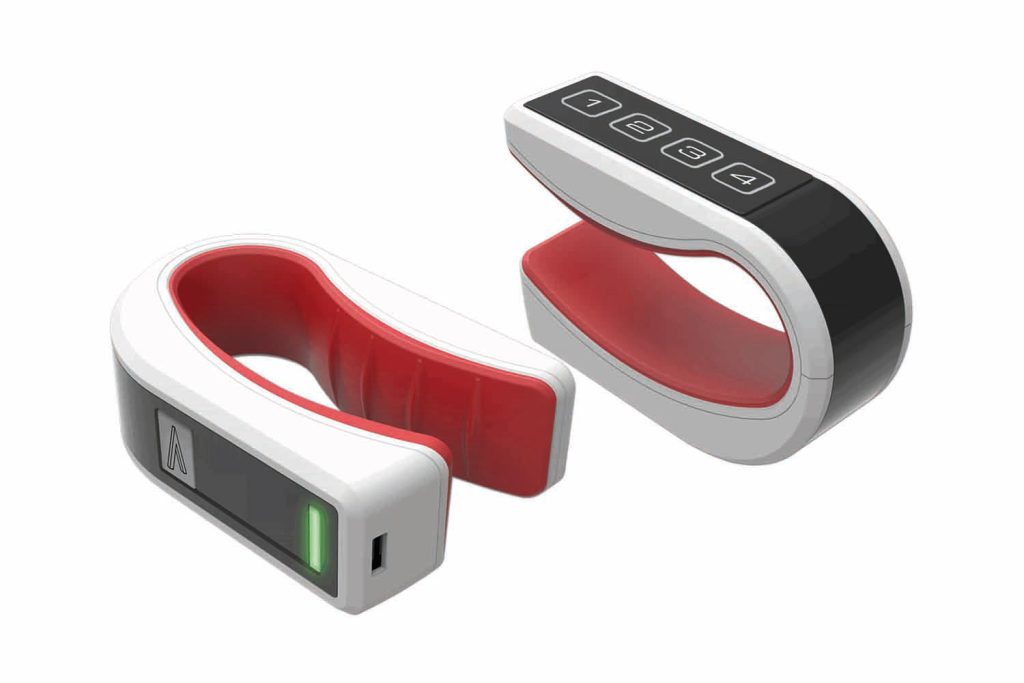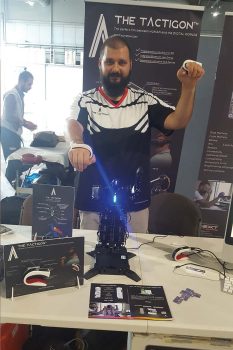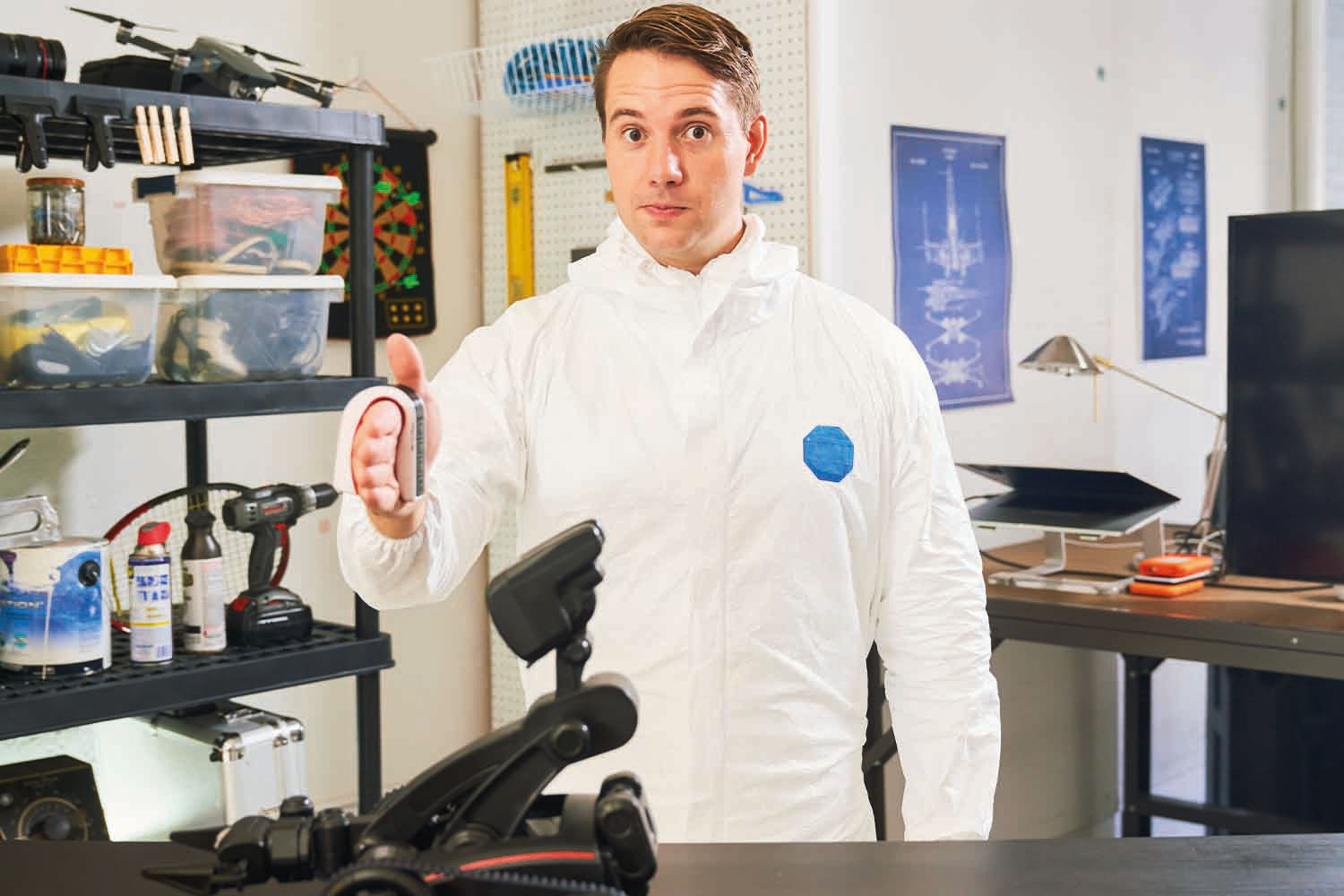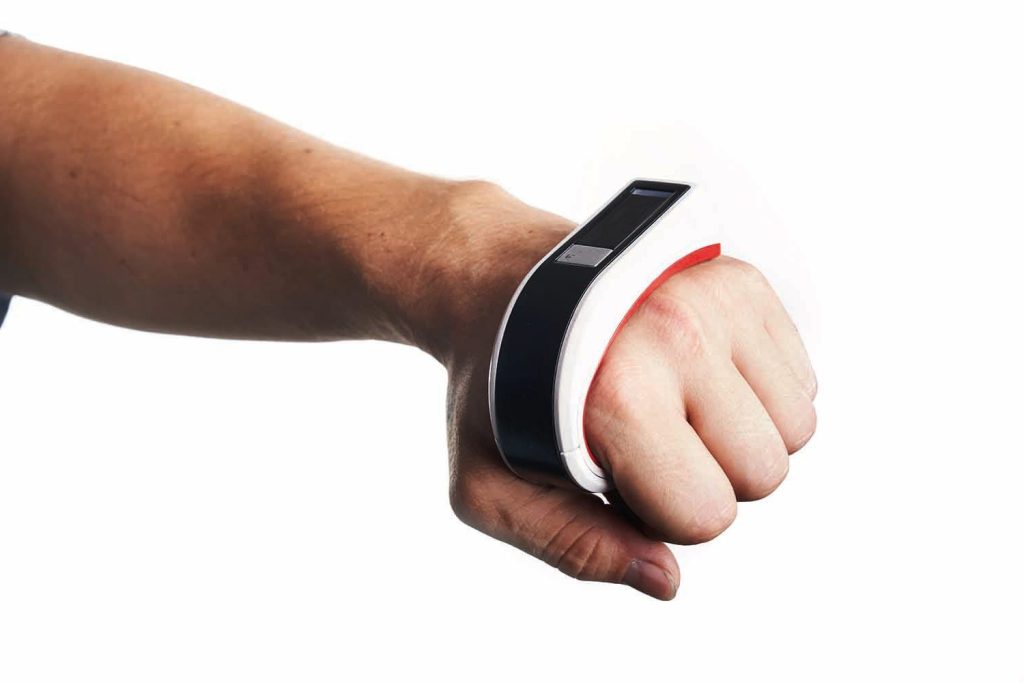Join Our Groundbreaking Movement of IoT-enabled Wearable Devices
Are you capable of developing a robot controller? If so, you have the opportunity to be at the forefront of the future economy. With the rapid growth of the Internet of Things (IoT), automation becoming the standard, and industrial manufacturing becoming increasingly individualized and intricate, the demand for devices that enable human technicians to control machinery and robots is only going to increase. Moreover, this need extends beyond just industrial applications. Robot controllers will be essential in sports, homes, medicine, and retail. Let’s explore the realm of robot controllers and discover how you can leverage your expertise to create them using the TACTIGON platform.
What are Robot Controllers, and how do they work?
Robot controllers serve as the interface between human operators and robots, enabling them to work efficiently and effectively. While many robots are capable of autonomous operation, some require human interaction to maximize their capabilities. Take, for example, wearable robotics such as exoskeletons or undersea submarines; these devices empower users to access otherwise unreachable spaces. By incorporating gesture control and motion technology, these robots can be seamlessly controlled and utilized in various industries such as industrial robotics.
Industrial innovation heavily relies on gesture-controlled robots that utilize natural interfaces. These robots offer enhanced abilities to their users, allowing for more precise control and manipulation of tasks. Additionally, the integration of IoT robotics further enhances their functionality by connecting them to networks, enabling seamless communication and data exchange.
The field of industrial robotics is rapidly expanding, and the use of gesture controllers is becoming increasingly prevalent. These controllers enable operators to communicate with robots effortlessly, eliminating the need for complex programming or manual input. By leveraging wearable robotics and motion technology, industrial robots can perform a wide range of tasks with minimal human intervention.

TACTIGON SKIN is a remarkable innovation in the field of robot controllers, as it seamlessly integrates two types of wearables that revolutionize the way we interact with machines. One category encompasses wearable devices that can be easily worn on the arms, hands, or head, allowing users to effortlessly control drones, vehicles, or machines situated meters away. Leveraging the power of IoT in these cases is crucial, as it enables these wearables to establish seamless communication with remote devices through low-energy Bluetooth connectivity, a feature we have thoughtfully incorporated into TACTIGON.
The other type of wearable robot controller focuses on devices that work harmoniously with the human body. Groundbreaking developments like “Exo-gloves” have emerged, catering to individuals with damaged arm muscles or amputated limbs, providing them with an avenue to regain control and functionality. Additionally, researchers have also pioneered wearables designed to aid in the rehabilitation of ankle injuries. These devices not only hold immense potential in the realm of sports but are also being increasingly adopted by military and health organizations.
By emphasizing gesture control, TACTIGON SKIN exemplifies the significance of natural interfaces in the realm of industrial robotics. Our aim is to provide an intuitive and seamless interaction between humans and machines, overcoming the limitations posed by conventional controllers. With TACTIGON, industrial robots can now be easily manipulated with a simple wave of the hand or a slight motion, offering unprecedented levels of precision and control.
 Can you use the TACTIGON to build a Robot Controller?
Can you use the TACTIGON to build a Robot Controller?
The TACTIGON ONE possesses exceptional capabilities for serving as a primary component in such a robot controller. This device has been specifically designed to facilitate the development of groundbreaking wearables that can seamlessly communicate with Internet of Things (IoT) enabled machines, effectively fulfilling a variety of societally significant functions. The question at hand is whether you possess the innovative mindset necessary to conceptualize controllers that possess relevance, efficacy, and marketability.
If your answer is affirmative, then splendid!
However, if you find yourself lacking in imaginative prowess, fret not, for the TACTIGON SKIN is available to assist you.
Harnessing the power of accelerometers, gyroscopes, and additional TACTIGON sensors, precise control is bestowed upon you (with informative tutorials readily available to elucidate the intricacies of it all). So, commence your explorations without hesitation. We firmly believe that you will craft awe-inspiring wearables that will assume pivotal roles in shaping our robotic-oriented future.

